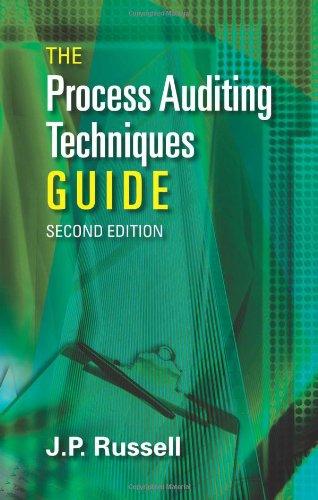Question
Q1: The number of units held in stock is 500 units. The production cost per unit is OMR 4.5. During, the year the company sold
Q1:
The number of units held in stock is 500 units. The production cost per unit is OMR 4.5. During, the year the company sold 60 % units for OMR 6 per unit. But, due to weak demand during pandemic the market value of the stock has gone done to OMR 3.6.
According to the accounting convention what price the stock will be recognized in the balance sheet in the end of the year:
Q2:
There were four prominent institutions who were involved in the development of the standards. Starting with IASB. The life of IASB can be categorized into four phases, the Early Years from 1973 to 1989; the Comparability Project Phase from 1989 to 1995; the International Organization of Securities Commission (IOSCO) Years from 1995 to 1998; and the Current IASB Years. This body was founded as the IASC in June 1973 to develop and promulgate IAS. It was a result of an agreement by accountancy bodies in Australia, Canada, France, Germany, Japan, Mexico, Netherlands, United Kingdom, Ireland, and the USA. Further, the second institution was united nations, it was one the body that had early initiatives to promulgate international standards. This body created various groups which focused on disclosure guides as early as 1974. Incidentally, the UN did not have the power to set or enforce accounting standards; it can only make recommendations. In late 70s the Organization for Economic Cooperation and Development OECD as an institution also developed guidelines on disclosures around 1976. Similarly, it did not succeed in developing international standards. This institution was more focused and was establish a working group to eliminate conflicts among national accounting standards, though the result was purely recommendatory. Finally, the European Economic Community (ECC) which later became the European Community (EC) and now the European Union (EU), signed in 1978 its 4th Directive, containing detailed requirements on disclosures, classification and presentation of information and methods of valuation for certain types of companies. The 7th Directive followed suit in 1983 which set out more of accounting rules on formats of consolidated balance sheets and profit and loss accounts. Then later, the EU has decided to go broad and abandon its effort to establish harmonized European accounting standards and to support the IASB.
a- Which of the following institution provided guidelines on disclosures only?
b- Identify the institution which were more focused to avoid the issue related to different idea and opinion among national accounting standard:
c- The accounting rules related to formats of consolidated balance sheet and income statement were set by:
Step by Step Solution
There are 3 Steps involved in it
Step: 1

Get Instant Access to Expert-Tailored Solutions
See step-by-step solutions with expert insights and AI powered tools for academic success
Step: 2

Step: 3

Ace Your Homework with AI
Get the answers you need in no time with our AI-driven, step-by-step assistance
Get Started


